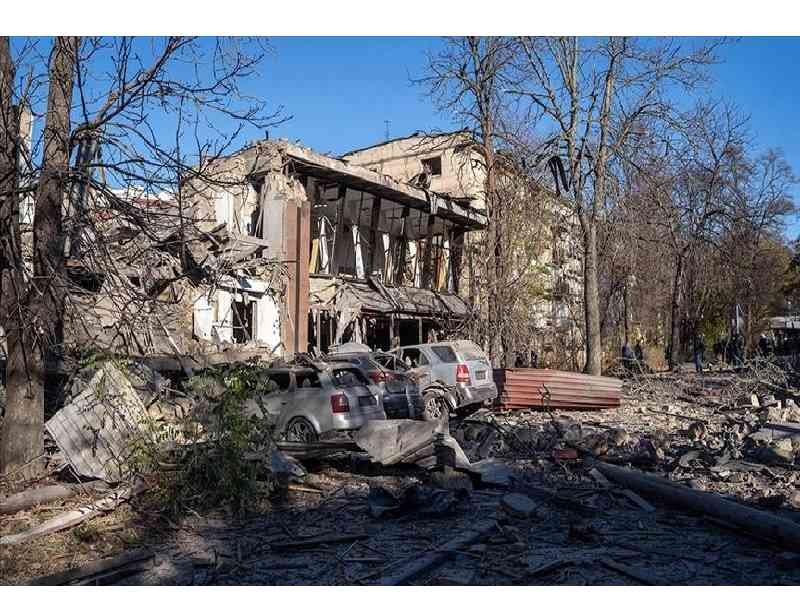- Russia fired over 40 missiles and 70 drones at Ukraine’s energy facilities on January 15, 2025.
- Ukrainian air defenses intercepted at least 30 missiles, limiting damage to infrastructure.
- Emergency power cuts were implemented in six regions to stabilize the grid.
- President Zelenskyy urged the West to accelerate air defense support.
- Russia’s attack follows Ukraine’s large-scale strikes on military-industrial targets within Russia.
On January 15, 2025, Russia launched an extensive aerial attack on Ukraine, targeting the country’s energy infrastructure during the peak of winter. Over 40 missiles and 70 drones were deployed in this assault, Ukrainian President Volodymyr Zelenskyy confirmed. Air defense systems successfully intercepted 30 missiles, but the attack still caused significant disruption.
The state energy company, Ukrenergo, reported emergency power outages in six regions: Kharkiv, Sumy, Poltava, Zaporizhzhia, Dnipropetrovsk, and Kirovohrad. The preventive cuts aim to protect the fragile energy grid from further strain.
President Zelenskyy, addressing the nation on Telegram, stated, “Russia’s goal remains unchanged: to destroy our energy infrastructure.” He emphasized the need for expedited Western air defense systems, adding, “Promises have been made but not yet fully realized.”
Strain on Ukraine’s Energy System
This attack comes amid the third winter of the war, during which Russia has consistently targeted Ukraine’s critical energy infrastructure. By damaging power grids and energy facilities, Russia aims to weaken Ukraine’s resilience and plunge the population into darkness.
The western Lviv region was among the hardest hit. Lviv Mayor Andrii Sadovyi reported missile strikes that damaged two energy facilities in the areas of Drohobych and Stryi. No casualties were reported, but power disruptions remain a challenge.
Ukraine’s largest private energy company, DTEK, has been working to strengthen the energy grid. Recently, it purchased 200 megawatts of energy storage systems to enhance backup capacity. These systems, set to be operational by October, are part of a broader effort to limit outages during such attacks.
Retaliation and Escalation
The Russian Defense Ministry stated that the strike was in retaliation for Ukraine’s recent attacks on Russian military-industrial facilities. On January 14, Ukrainian forces reportedly targeted sites as deep as 1,100 kilometers inside Russia, hitting oil refineries, chemical plants, and ammunition depots.
Ukraine’s General Staff described these strikes as the “most massive” in recent months, showcasing Kyiv’s ability to conduct long-range operations. In response, Russia vowed that such attacks would “not go unanswered.”
Appeal for Western Support
Ukraine’s leadership has reiterated its call for increased Western support, particularly in air defense systems. President Zelenskyy emphasized the urgency of fulfilling commitments from allies to help Ukraine defend against ongoing missile and drone threats.
NATO and EU countries have pledged to provide advanced air defense systems, including Patriot and NASAMS. However, delivery delays remain a concern as Ukraine continues to face relentless attacks.
Global Implications and Next Steps
This escalation highlights the critical role of international support in bolstering Ukraine’s defense and energy infrastructure. As the conflict enters another harsh winter, the strain on Ukraine’s civilian population and infrastructure intensifies.
Authorities urge citizens to remain vigilant during air-raid alerts and follow safety protocols. Meanwhile, efforts to repair damaged facilities and stabilize the energy grid are ongoing.
The international community, including the UN and NATO, continues to monitor the situation closely, weighing options to support Ukraine amid this challenging phase of the war.


